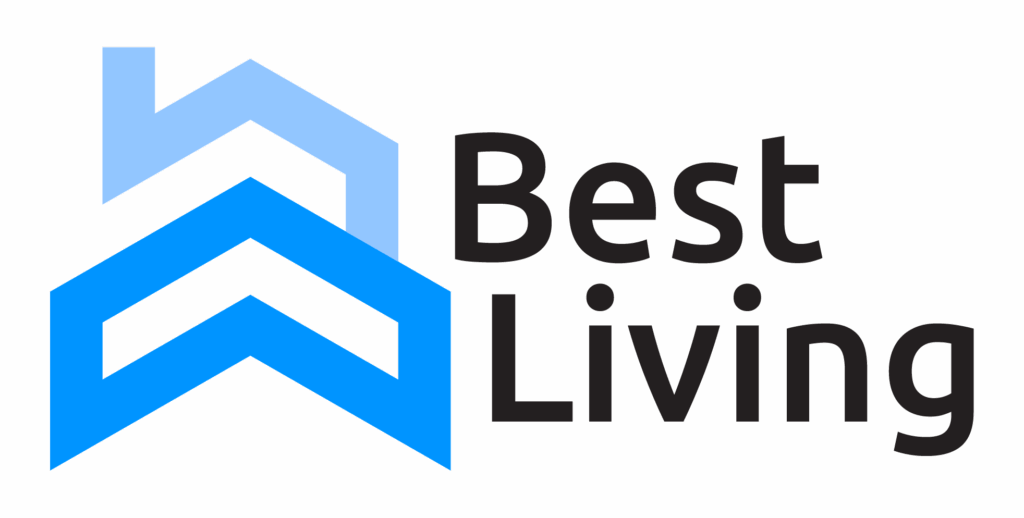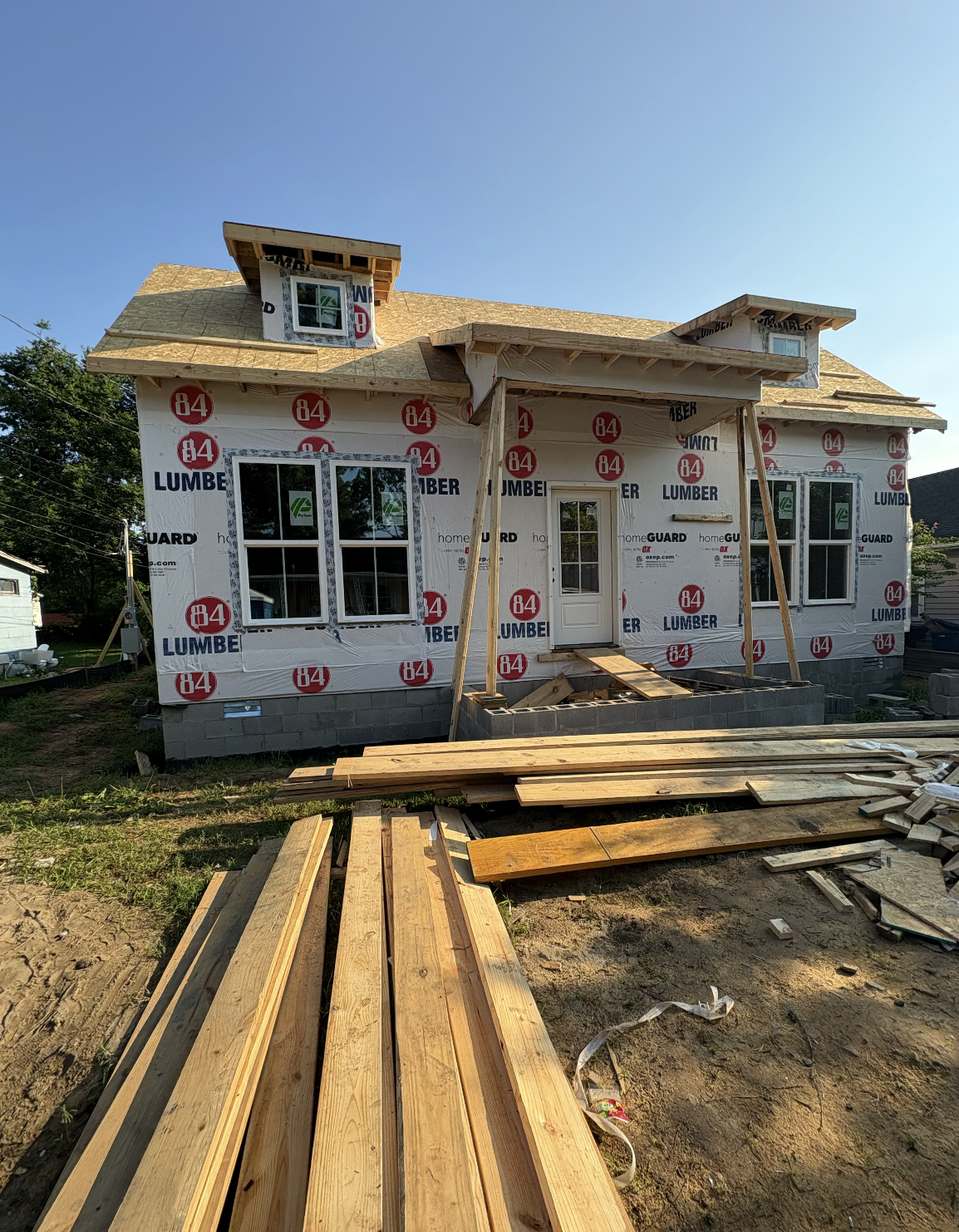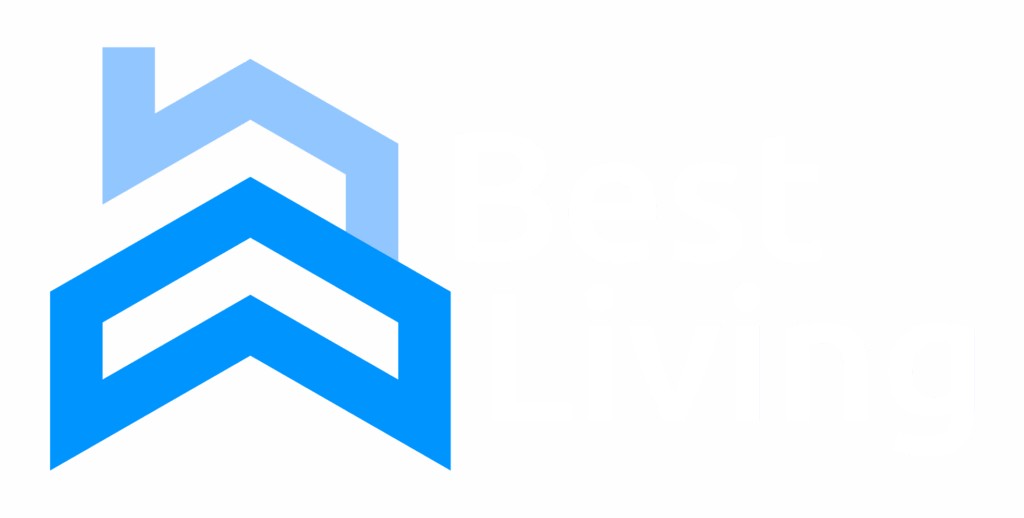As a real estate investor and developer, understanding and knowing how to navigate the
financing for building projects is a foundational piece of project success, business survival, and
growth. In 2025, we are in a challenging yet optimistic period. Rates are still relatively high, but
there is still so much opportunity for success if used correctly. Additionally, there is considerable
discussion that rates should be trending downward, which is creating cautious optimism for the
years to come.
What Are Construction Loans?
Construction loans are a type of loan product typically used by developers to finance the
construction of residential or commercial real estate projects. These funds differ significantly
from a typical 30-year fixed loan in several ways. For starters, the money is typically drawn out
in stages throughout the project’s duration, rather than being loaned out all at once. Additionally,
many times banks will require construction experience to be considered for these loans. Lastly,
these loans are considered higher risk than typical real estate loans. As a result, the interest
rates on these loans are significantly higher.
Current Construction Loan Rate Trends (2025)
As of mid-2025, construction loan rates remain elevated compared to pre-2020 levels, mainly
due to the Federal Reserve’s efforts to contain inflation through a sustained period of higher
benchmark interest rates. Here’s what we’re seeing in real terms:
● Typical construction loan rates: 7.25% – 12%
● Rate Origination: 1-2%
● Rate spreads over prime: Typically 1%–2%, depending on project size, location, and the
developer’s track record.
● Loan-to-cost (LTC) ratios: Generally capped at 70% – 90%
● Interest reserves: Commonly required, especially for larger commercial projects
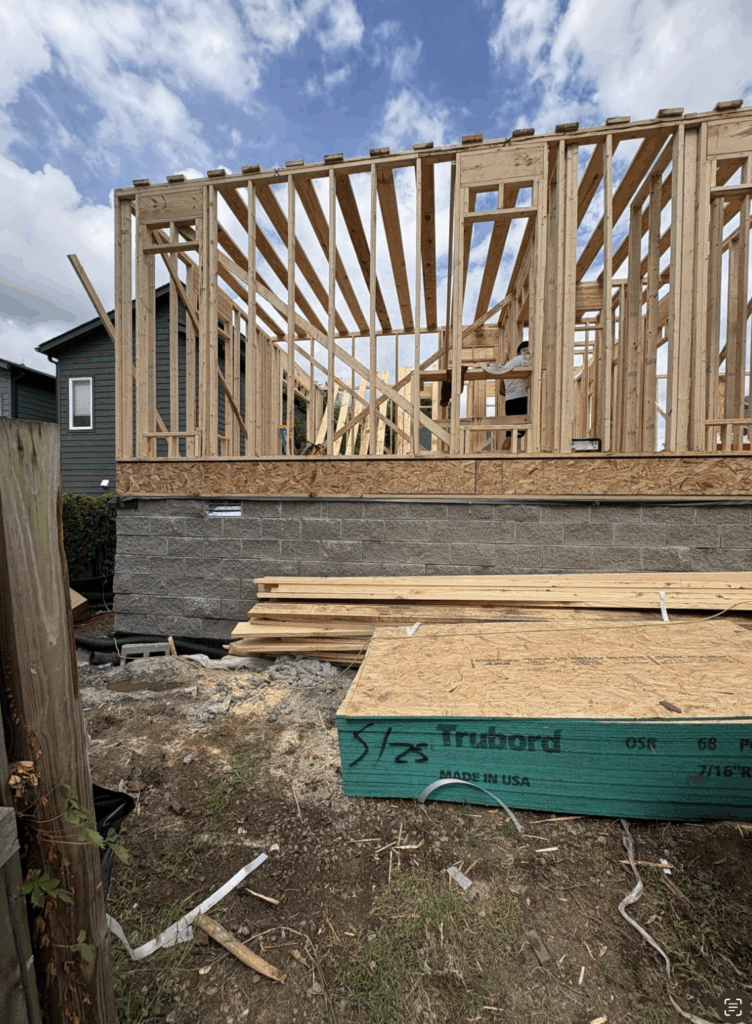
Key Influencers of Loan Rates
1. Federal Monetary Policy
The Federal Reserve’s stance on interest rates remains the single most significant influence.
With inflation gradually declining but still above target, the Fed has adopted a cautious “hold and
watch” approach, maintaining relatively high short-term rates. This directly impacts construction
loan pricing.
2. Lender Risk Appetite
Many banks and lenders do not offer construction loans as a standalone loan product. They
believe them to be too risky and feel that they can do enough business without this product
offering. Typically, as markets become more volatile, this loan product would be the first to be
pulled back.
3. Material & Labor Volatility
Volatility in price can also be a significant factor. As it becomes harder to estimate costs, banks
may require bigger down payments or charge higher interest to developers to offset the
additional risk. They may also have stricter guidelines on who they lend to experience-wise.
They may choose to lend only to developers with whom they have been working for years,
rather than taking on new clients.
How Developers Can Mitigate High Rates
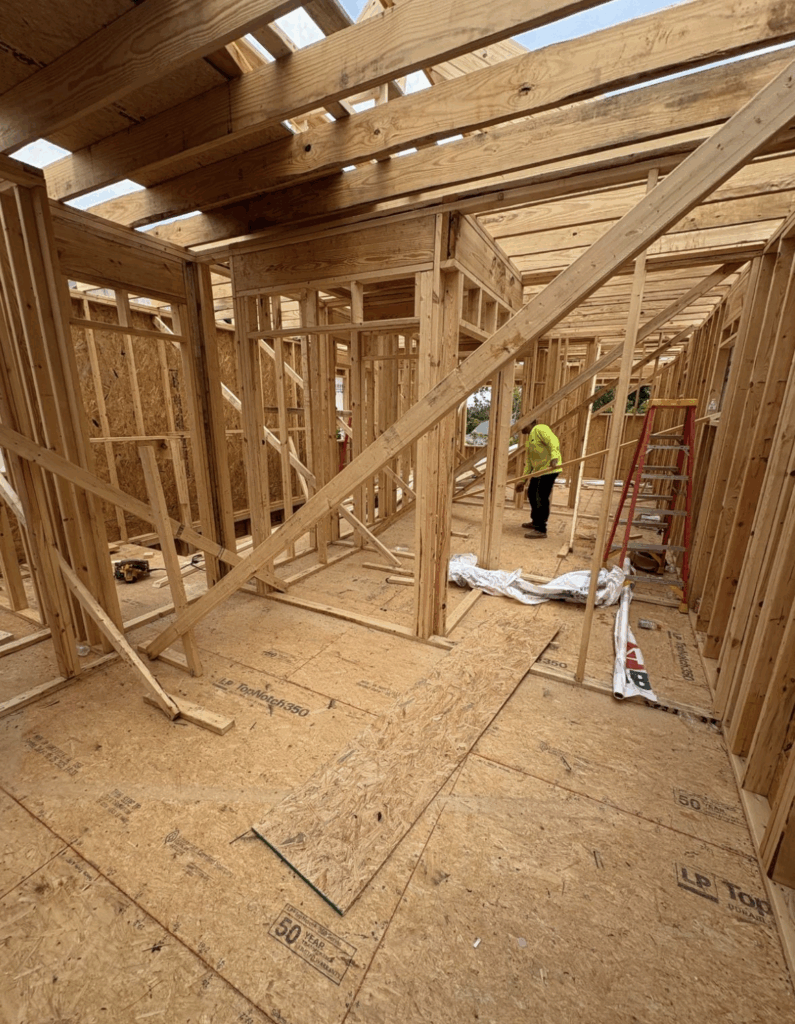
As rates increase, developers must devise strategies to remain competitive and profitable in the
face of additional building costs.
1. Lender relationships
Maintaining strong relationships with lenders is a wise decision in both good times and bad. As
they pull back their construction lending programs, they may continue to work with their
developers with whom they have a trusted relationship. It is essential to ensure that you do what
you say you are going to and demonstrate financial reliability to your lenders in all phases of the
market. You never know when you might need your lender to go above and beyond for you.
Real Estate, including lending, is a relationship-driven business.
2. Buying smarter and cheaper deals
As the cost of building increases in large part due to longer sales cycles and higher financing
costs, buying land at the former prices is no longer a winning strategy. The market from 2020 to
2023 was appreciating rapidly and effectively; any deal purchased was a winner. That is no
longer the case, and picking the right investment is a much more critical task. You have to say
no to a lot more deals and choose ones that have a larger upside to compensate for the
increased cost of operations.
Looking Ahead
The future is very bright and always will be with the right strategy. Understanding construction
loan rates in any market is a crucial component of success at all times. Rates are relatively high
right now and have increased rapidly; however, by maintaining a strong relationship with the
lender and carefully underwriting potential opportunities, it is a great way to stay competitive and
operate the business profitably. Additionally, the following years are expected to be trendily
favorable, which warrants some cautious optimism. In the meantime, buy right, know your costs,
and invest smart. Happy investing!
FAQs
1. How do current construction loan rates compare to the past decade?
We recently received a 5.99% rate from a bank in Nashville, TN, for a personal residence
construction loan scheduled for June 2025. The investment construction, however, will run you
about a point higher, at roughly 7% interest. It’s essential to note that interest is only paid on
drawn money. For example, borrow $700,000 and have only completed $100,000 in
construction. You will only pay on the $100,000 until more construction is completed.
2. What types of projects are getting better loan terms in 2025?
If you are getting a construction loan for a personal residence, you will get the best rates. If you
are strictly building a spec home for sale or investment properties, you will still get the best rates
out there by going through a local bank. The regional banks ‘ bank rates will be similar across
the board for all development projects.
3. What role does developer experience play in securing favorable rates?
Many banks will not even consider loaning to a developer that does not have at least two
projects under their belt. Others will still lend to first-time builders, but the rates could be as
much as 4% higher.
4. How are developers managing interest rate risk today?
Developers are managing interest rate risk by sharpening their pencils when it comes to
underwriting. The best way to mitigate risk is to buy a deal with more margin built in. A great
way to find high-margin deals is to collaborate with brokers to identify opportunities before they
hit the market.
5. Are private lenders and debt funds worth the higher rates?
Private lenders and debt funds can be a valuable resource for closing deals. They have less
underwriting on the front end and can get deals done very quickly. They focus on the deal rather
than the borrower’s financial statements. If the agreement is a good one with a high margin, it
should be able to absorb their additional financing costs with no issue.
6. What are common mistakes developers make with construction loans?
The biggest mistake that developers make with construction loans is being undercapitalized with
money for the deal. Not only are developers required to make down payments in the range of
10-15% of the total cost at close, but they are also required to fund the start of the project. Once
they start the project, the bank will reimburse them for those funds. Many investors forget that
they need those funds to push the project along and have reserves for making the monthly
interest payments
7. Are there any surprising incentives available in 2025?
In Tennessee, I don’t see any incentives like those on the retail side. If you can find a lender,
specifically a local bank (which is typically the most affordable option), then lending to you for
construction is a gift that should not be taken for granted.
8. How do labor/material cost fluctuations factor into loan terms today?
Finding a lender that is flexible with changing the scope of work would help tremendously with
labor and material costs. A contingency of 5-10% should be included for increased expenses
related to the scope of work for projects. This should address any fluctuations that occur during
the project.
9. What’s the outlook for construction loan rates heading into 2026?
There is no crystal ball for what the future holds for the economy and interest rates. Still, the
prevailing sentiment among active investors is that 2026 will be an excellent year for interest
rates. We will have to see what the Fed does in Q3 and Q4 of 2025.
10. What’s one thing you wish you knew about construction financing when starting?
I wish I kept better financial reports and tax returns from the very beginning. The bank will need
to underwrite you personally for construction funding, and the better picture you can provide to
them, the more they will be open to developing a relationship with you. The faster you can get
financing in your career, the more projects you can complete.
